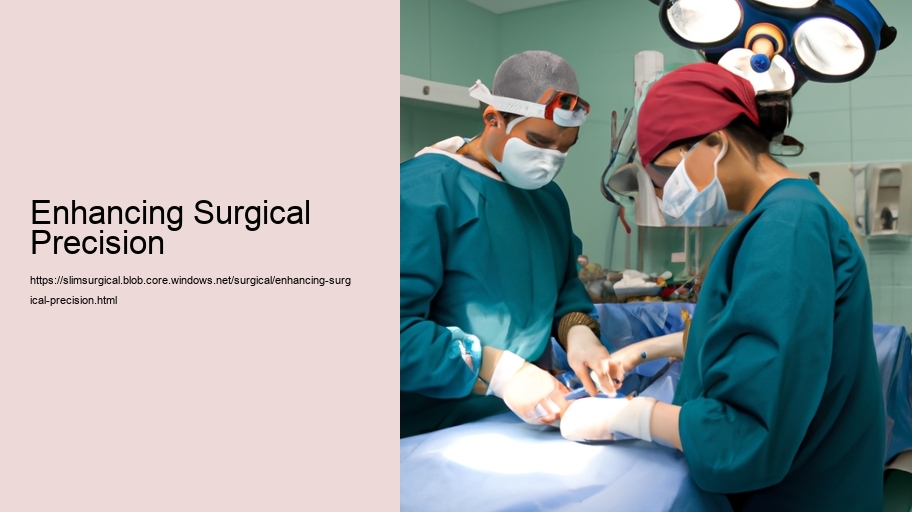Enhancing Surgical Precision: A Pathway to Improved Outcomes
The evolution of surgery has been a cornerstone of medical advancement, reflecting our relentless pursuit of precision and safety. Surgery is a delicate art that requires an intricate blend of skill, knowledge, and technology. Enhancing surgical precision is not just an aspiration but a necessity, as it directly correlates with improved patient outcomes, reduced recovery times, and a decrease in medical complications.
The advent of technology has been pivotal in this quest for precision. From the rudimentary tools of the past to the sophisticated equipment of today, each innovation has aimed to provide surgeons with greater control and better outcomes. The introduction of minimally invasive techniques, for example, has revolutionized many surgical procedures, allowing for operations to be performed with minimal incisions, thereby reducing pain, scarring, and recovery time.
Robotic surgery stands at the forefront of this era of precision. Robotic systems, such as the da Vinci Surgical System, extend the capabilities of surgeons beyond the limitations of the human hand. With enhanced dexterity, tremor filtration, and 3D visualization, surgeons can perform complex procedures with unprecedented accuracy. This technology has opened the door to new possibilities, especially in areas that demand high precision, such as neurosurgery, ophthalmology, and microsurgery.
Computer-assisted surgery (CAS) is another leap forward. It utilizes preoperative and intraoperative imaging to create a virtual representation of the surgical field. Surgeons can plan and simulate procedures before making an incision, allowing for meticulous execution. Intraoperative navigation systems provide real-time feedback, ensuring that surgical actions are precise and that critical structures are preserved.
Another key aspect of enhancing surgical precision is the training and continuous education of surgeons. Surgical simulators and virtual reality platforms now offer a risk-free environment for surgeons to hone their skills and practice complex procedures. This technology not only refines the surgeon's technique but also accelerates the learning curve for less experienced practitioners.
Moreover, advancements in surgical instruments have led to the creation of tools that are more ergonomic and sensitive to a surgeon's touch, which translates to finer control during operations. The use of high-definition cameras and monitors also gives surgeons a clearer view of the surgical site, allowing for more accurate tissue manipulation.
Precision in surgery is not solely the domain of technology. It also encompasses a better understanding of human anatomy and physiology. Precision medicine, for example, takes into account the genetic makeup of an individual to tailor surgical interventions for optimal results. This personalized approach can determine the most appropriate surgical techniques and postoperative care, thereby enhancing the overall precision of the surgical process.
Nevertheless, the drive for greater surgical precision is not without its challenges. The cost of advanced technologies can be prohibitive, limiting access to these life-saving innovations. There is also a learning curve associated with new techniques and equipment, which requires investment in training and education.
In conclusion, enhancing surgical precision is a multi-faceted endeavor that involves the integration of cutting-edge technology, continuous education, and a deeper understanding of human biology. It is an ongoing journey, marked by both challenges and triumphs, but its ultimate destination is clear: to provide patients with the safest, most effective surgical care possible. As we continue to push the boundaries of what is achievable, we can look forward to a future where surgical interventions are not only precise but also personalized, minimally invasive, and universally accessible.
